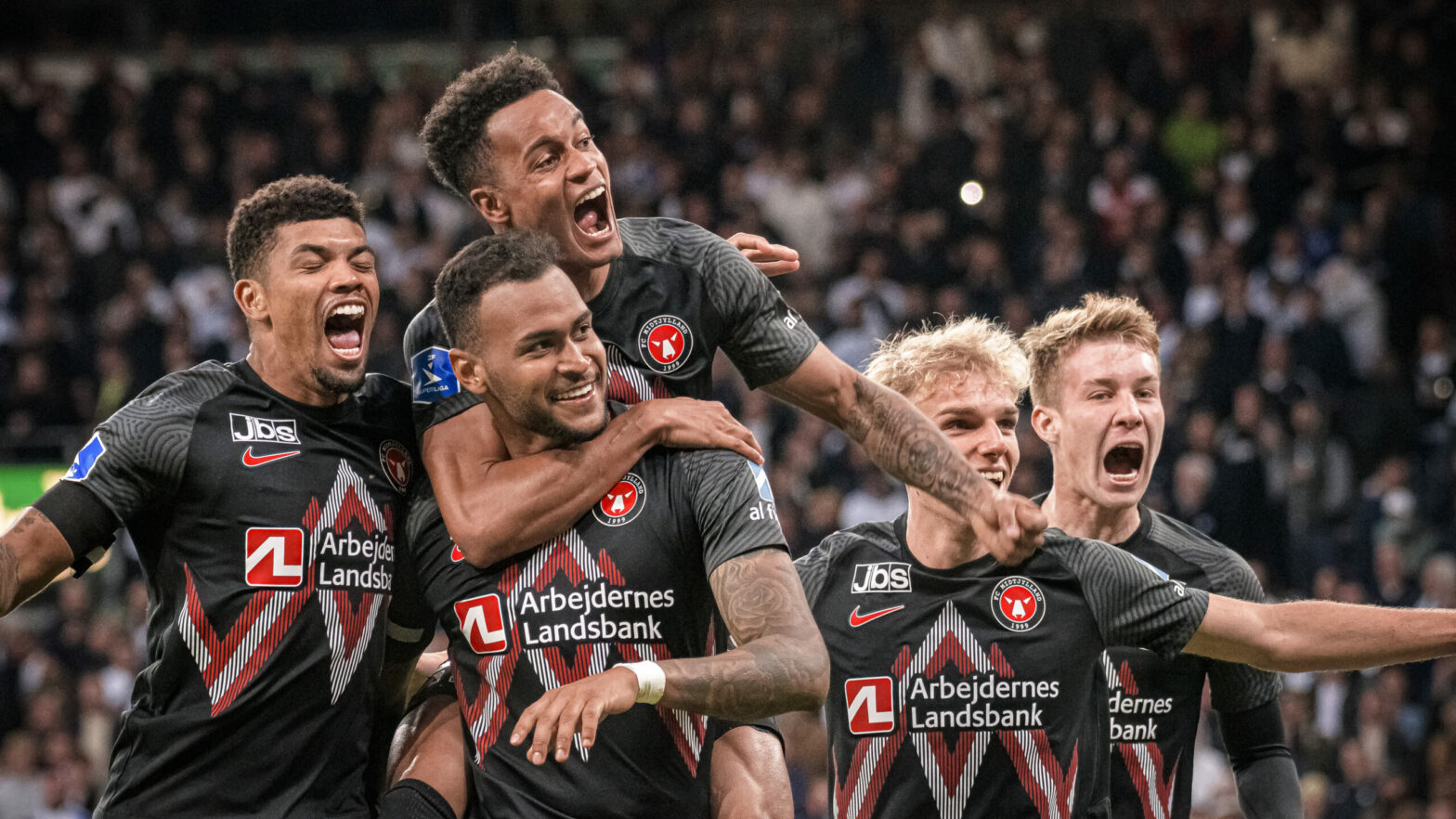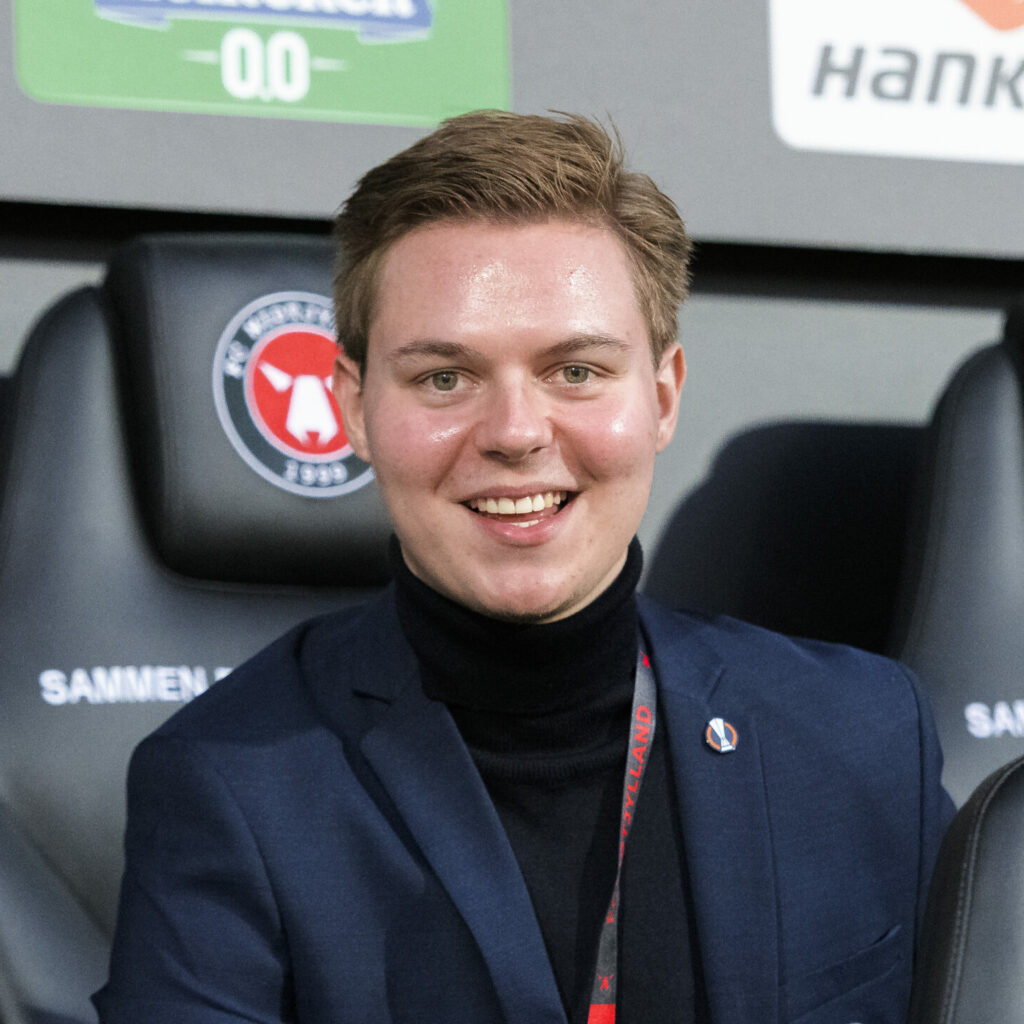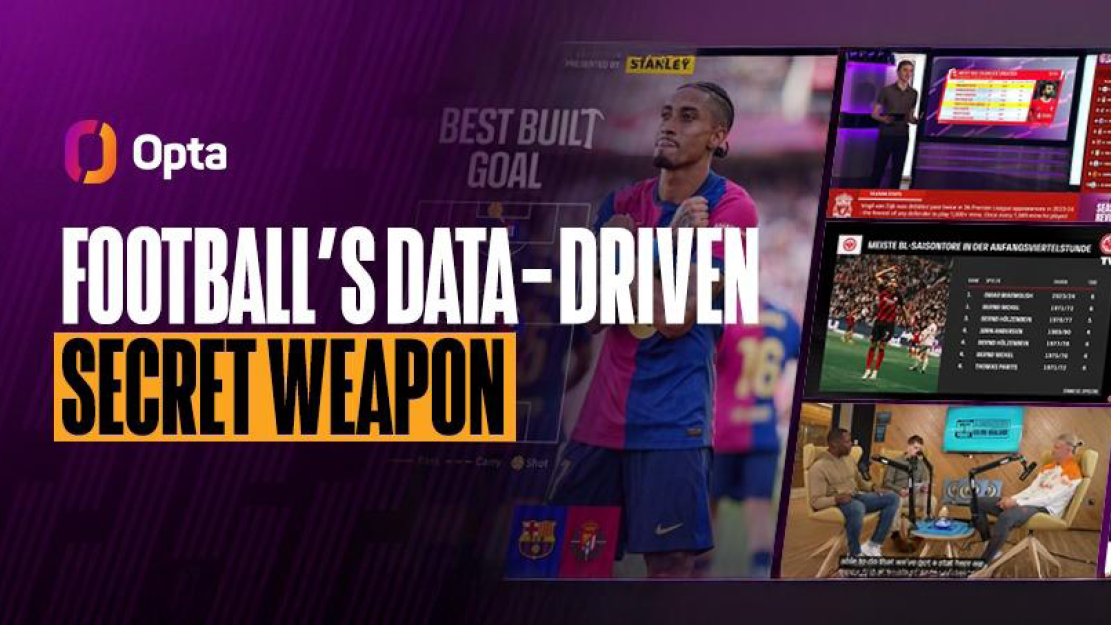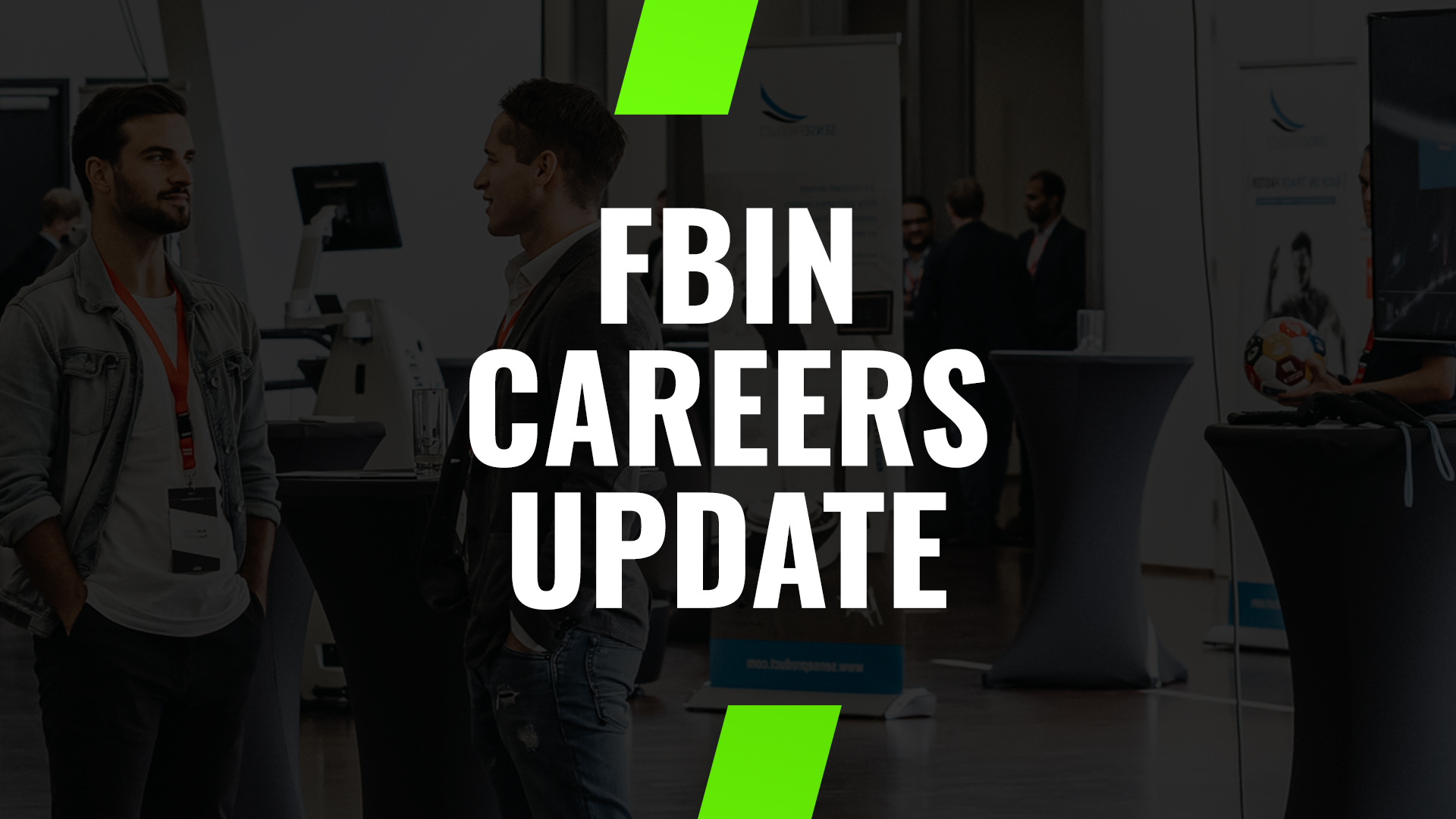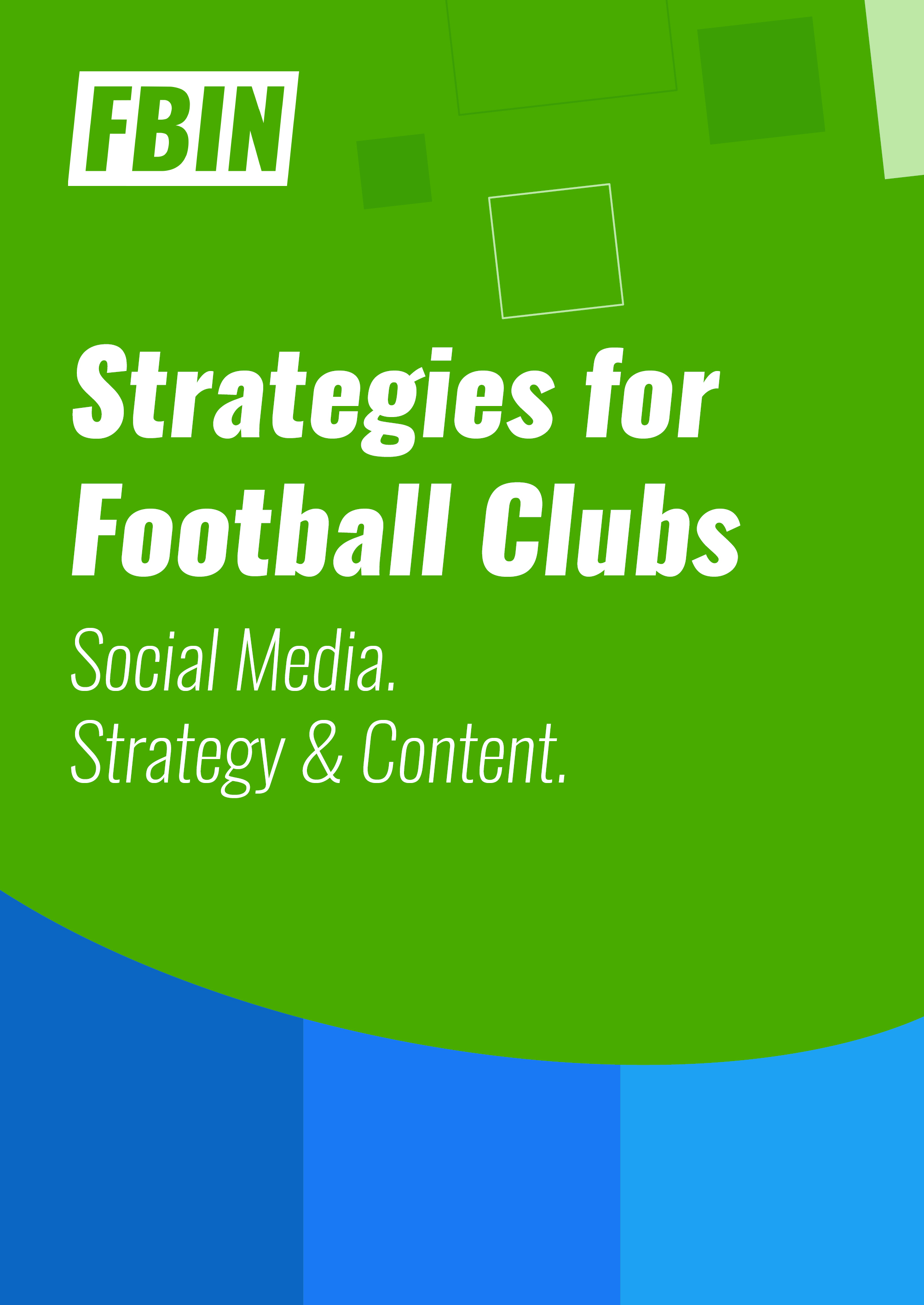FC Midtjylland was only formed in 1999 by a merger of the 1st teams of Herning Fremad and Ikast FS. In the first year the club became champion of the second tier in Denmark and was promoted. Within a few years, FC Midtjylland became one of the best clubs in the country, winning three championships (2015, 2018, 2020) and playing in the group stages of European competition with the highlight playing in the Champions League group stage last year. In this interview, we dive into the communication and especially social media strategy of the club with its Head of Digital Content & Strategy, Lukas Müller.
Lukas, can you please tell us a bit about your responsibilities?
I am the Head of Digital Content & Strategy, so my responsibilities are to make sure that we constantly perform and develop on our digital platforms. On a day-to-day basis that entails trying to make sure that we create the best possible content for our audience, and in the long run being good at understanding and adapting to the digital landscape.
My main tasks are setting and executing the strategy for our communication on social media. Leading a small but, very talented, team of creatives. Work closely with our external digital partners and assist our players with their social media and content needs.
How big is the communications team at FC Midtjylland?
We are quite a small team for the size of our club. We have our Head of Communications, who is responsible for the department, who’s daily tasks evolve mostly around external media and the overall communication of the club. Then as mentioned, I am responsible for our content. We have a graphic designer and a press-officer, working full-time as well. A video producer and team photographer, who work part-time.
And you also have colleagues from the marketing department, working closely with you, right?
I, together with the rest of the communication department, am based at the training facility in Ikast, and the commercial department is based at the stadium in Herning. We often meet to discuss bigger projects or campaigns that overlap both departments. Day to day stuff we collaborate on is mostly regarding ticket sales or commercial content.
You are responsible for social media – is there an overall medium- or long-term strategy for social media?
We operate with a short and a long-term strategy. The short-term strategy is typically based around each season, with the aim of streamlining our content throughout the campaign. This often involves things such as our style of content, use of our platforms, graphic direction, areas of responsibility etc. But our main focus is to make sure everyone is on the same page in terms of the way we operate.
Our long-term strategy is more of a general ideology, based on our club values; Being ambitious, innovative and data driven. We want to be the best club in Scandinavia to understand the direction of the digital content landscape.
What channels are you operating?
Currently, we are present on the platforms you might expect, namely, Facebook, Instagram, Twitter, YouTube and, since April 2020, TikTok. GIPHY could also be included. Our total digital following is around 383 000.
What channels are most important for the club?
All our platforms are very important for us. I wouldn’t say any are more important than others. Rather, that the platforms serve different purposes. Our three main communication channels are Facebook, Instagram and Twitter. We use TikTok as a creative outlet, YouTube for our long-form video content and GIPHY to service other platforms with unique features, such as stickers.
Are you already looking at other new channels? Maybe specific channels in other regions of the world? Or isn’t that a topic?
Currently it is not a topic for us. We feel that we are well-represented on all the platforms that make sense for us. The only big ones we are not on is Sina Weibo and VKontakte, but we don’t have an audience that justifies being present there. The only way our view on this would change, would be if we signed a star player from a specific geographical area.
In terms of having accounts in foreign languages, such as English or Portuguese, we have discussed it. Especially the later. But we don’t feel we are ready yet, and even though we have a lot of Brazilians, we still don’t feel the potential is big enough for a club of our size yet.
You have a different approach for the different channels. Can you explain that a bit?
There are two reasons behind this:
- Understanding the platform
The way we execute our content on our platforms differs a lot. Not necessarily the content itself, but the way it is published. We respect what works and what doesn’t. For example, instead of trying to force a traditional 16:9 video onto platforms, where we through data know that other formats perform better, we tailor formats for each platform individually. Our reasoning behind this is better user experience, higher engagement, more real estate and more appealing visual aesthetics overall. - Understanding the audience
Gaining a general understanding of whom we communicate with is one of our most important focus areas. We look at gender, age, nationality, city, etc.
For example, on Facebook we have a mature, almost fully Danish audience, whereas on Instagram, we see a younger, more international audience. Therefore, the way we express ourselves on these two platforms differs.
To achieve a more general description of each platform, we look into the trends. For example, is our audience on Facebook getting older, which age groups of our vastly growing Instagram and TikTok accounts are growing the most, and is the percentage of international followers starting to overtake that of the national followers? In this way, we are gently nudged in the right direction, making sure that we react sooner rather than later.
You mention that you have already reached the maximum potential locally, so you rather look at growing nationally and internationally. How do you do that?
We are a club located in Herning, a city of 50 000 inhabitants. It is not even among the 10 biggest cities in Denmark. Yet, within the last five years, we have been the most successful club in the country together with FC Copenhagen. We regularly participate in the European group stages, last year we even reached the Champions League. It is quite unnatural.
We are accelerating at such a speed, that we are simply outgrowing our local area. It is a natural next step for us to become a club with supporters throughout Denmark and have a brand that resonates internationally.
There are two things which support that vision. The first is consistent success on the pitch, and the second is high profile athletes. Both we have. As a result of that, we can see our audience develop a lot. We have grown significantly in the past few years, and especially abroad.
We actively try to make sure that we don’t neglect our target audience. We carefully consider the best execution of our social media content. For example, if we are posting a piece of content with our Brazilian star Evander, this would revolve around using language that would connect with Evander’s native followers without alienating our own fan base. Maximising exposure towards both sets of fans.
Our tone of voice requires balance. We are a club from a small and very proud area of Denmark; at the same time, we are becoming an internationally recognized brand. We spend a lot of time making sure that the way we communicate connects with the local community without neglecting the massive international potential.
What languages are you using in the social media communication?
Danish is our main language for communicating on social media. But English is certainly growing. Again, it depends on the platform, and the audience we want to reach. Content that is meant for our local fanbase, we naturally communicate in danish. When the content is either meant or relevant for a wider, more global, audience, we start to consider if English would perform better. But as mentioned, it must be in a way that doesn’t neglect our Danish audience.
Do you use social media advertising to, for example, sell tickets or merchandise? And how is that working for you?
The paid side of our content is overseen by our Digital Marketing Manager. But I have a general idea of what we use it for. As you mention, selling tickets and promoting merchandise is the two of the common areas for our paid advertising on social media.
It works for us, and it helps us. But it is not a crucial factor in, for example, ticket sales. Something we also discuss using it for is promoting our best organic content, simply advertising our brand instead of exclusively using it for CTA-posts.
And on the other hand, do you offer brands your reach on social media as options for sponsorships? How does that work, how do you find the right value?
We have a range of digital products, which offer ways we can integrate or collaborate with partners on content. It is a collaboration across multiple departments. I make sure that the products include the right content, and that the data we provide for benchmarking and valuation is correct. Our marketing department package the products, so that it is presented nicely. Then our sales team take it from there.
We use an analytics tool to objectively put a price-valuation on our social media content, which is measured through performance metrics such as engagement, views etc.
Nowadays, players often have more social media followers than clubs. Do you ‘use’ your players in that regard as testimonials?
A good example is Dion Cools, who decided to represent the Malaysian national team last year. Suddenly his social media following exploded, and within a few days, from a marketing perspective, he was by far our most valuable player. Malaysia quickly became our second biggest following on most of our platforms, even overtaking Brazil (we have 7 Brazilians in our squad) and four of our top five Instagram-posts in 2021 involved Dion Cools.
But betting on a single player is a dangerous game. You never know when he will leave and take all his followers with him. it’s about finding the right balance.
We do not regulate or control anything our players and their social teams do on their own platforms. Occasionally, we give advice regarding certain aspects, help in whatever way we can, and assist with content from matches, training sessions, announcements, etc., to help them promote themselves and the club in the best way possible.
We feed off each other. For us it is important to give our players the best tools we can provide; in return we receive active exposure on our players’ fanbases.
Are you using any tools for your work? For scheduling, quicker editing or so?
We like to work directly on the platforms. To be able to access all possible features, optimize the content for the platform and be on top of new developments and updates. For us, and a department of our size, there isn’t much of an advantage in using a social media scheduling platform.
Although for quicker content creation, there are some tools we use to optimize our output on gamedays, that help us be more flexible and creative in pressured situations.
How do you engage with the fans on social media? Are you answering every question and comment? Is there a certain system you use?
We far from answer every question or respond to every comment. We don’t have the resources for that, and even if we did, I don’t think that would be the right move. It would create expectations that are hard to maintain. We try and respond to a lot of our followers in direct messages, mostly on Facebook. We use the “like” function a lot to engage with our fans. It is something that is relatively effortless from our side but provides a personal and valuable connection with our fans.

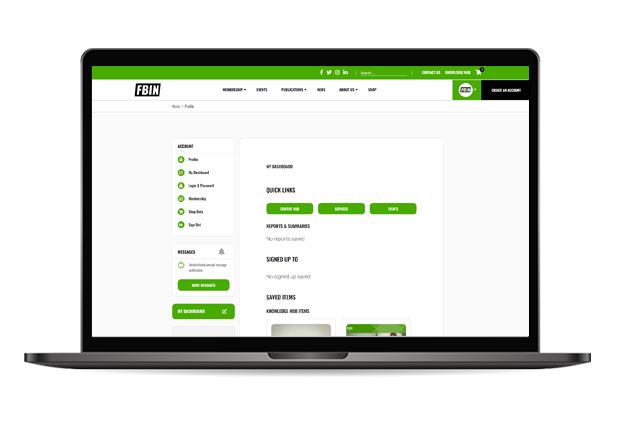
 Upgrade to Premium Now
Upgrade to Premium Now
